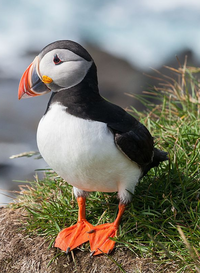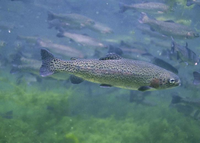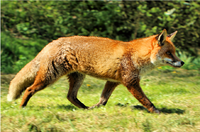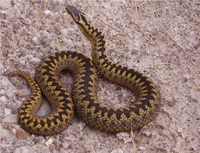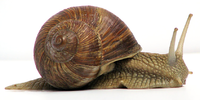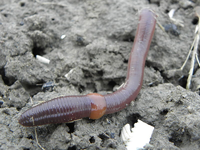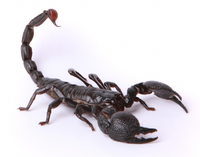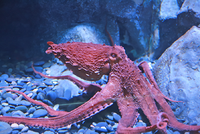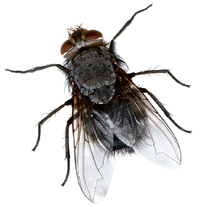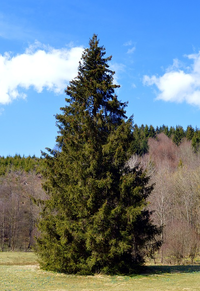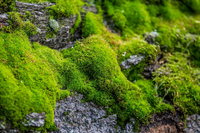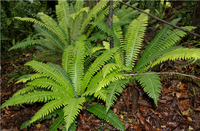Difference between revisions of "Taxonomy"
| Line 49: | Line 49: | ||
{| class="wikitable" | {| class="wikitable" | ||
|+ There are 4 main groups of plants. | |+ There are 4 main groups of plants. | ||
| − | |[[File: | + | |[[File:AppleTreeBlossom.png|center|200px]] |
|[[File:Conifer.png|center|200px]] | |[[File:Conifer.png|center|200px]] | ||
|[[File:Moss.png|center|200px]] | |[[File:Moss.png|center|200px]] | ||
Revision as of 07:57, 17 August 2018
Contents
Key Stage 2
Meaning
Grouping living things is done to make it easier to identify different creatures.
About Grouping Living Things
- Living things can be grouped in different ways.
- Scientists usually group things by common features or common behaviour.
Examples
Vertebrates and Invertebrates
- A vertebrate is an animal with a backbone.
- An invertebrate is an animal without a backbone.
| Amphibians are vertebrates. | Birds are vertebrates. | Fish are vertebrates. | Mammals are vertebrates. | Reptiles are vertebrates. |
| Snails are invertebrates. | Earthworms are invertebrates. | Scorpions are invertebrates. | Octopuses are invertebrates. | Flies are invertebrates. |
Flowering Plants and other Plants
- A Flowering Plant is a plant that grows flowers.
- Not all plants grow flowers. There are also Mosses, Ferns and Conifers which don't grow flowers.
| Flowering Plants. | Coniferous Plants. | Mosses | Ferns |

